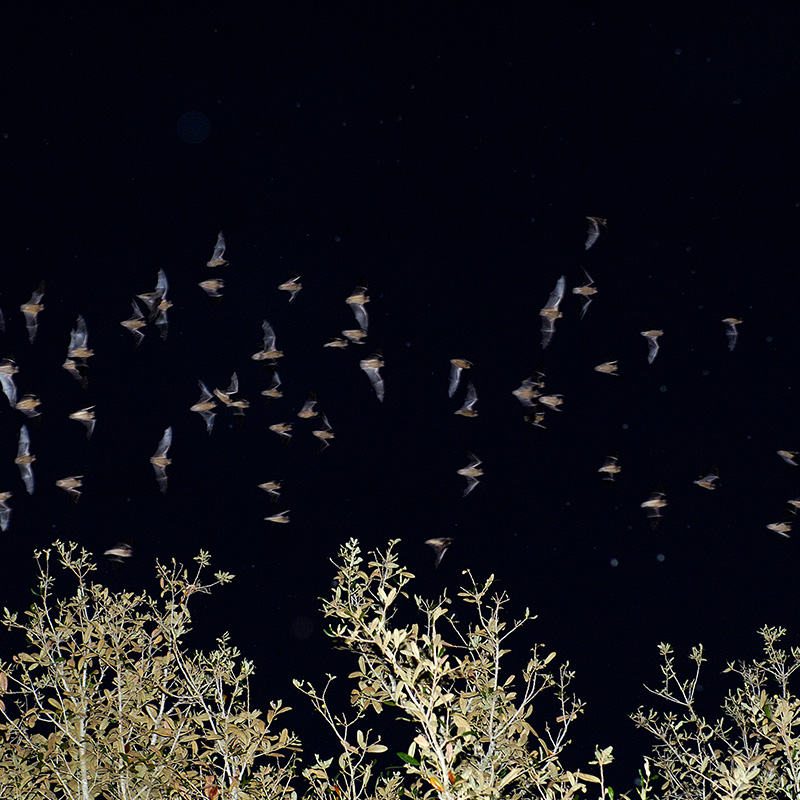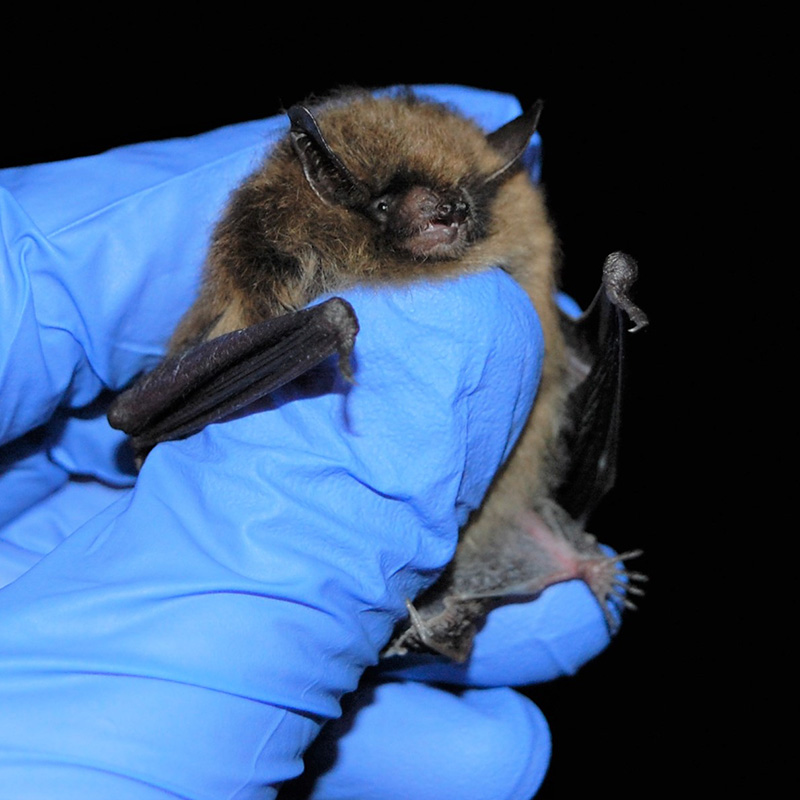Bats and Wind
Bat mortality is common at terrestrial wind facilities where bats frequently collide with fast-moving turbine blades. Bat mortality, especially of federally threatened and endangered species, can necessitate mandatory shutdowns and restrict operations during high-risk periods for bats.





